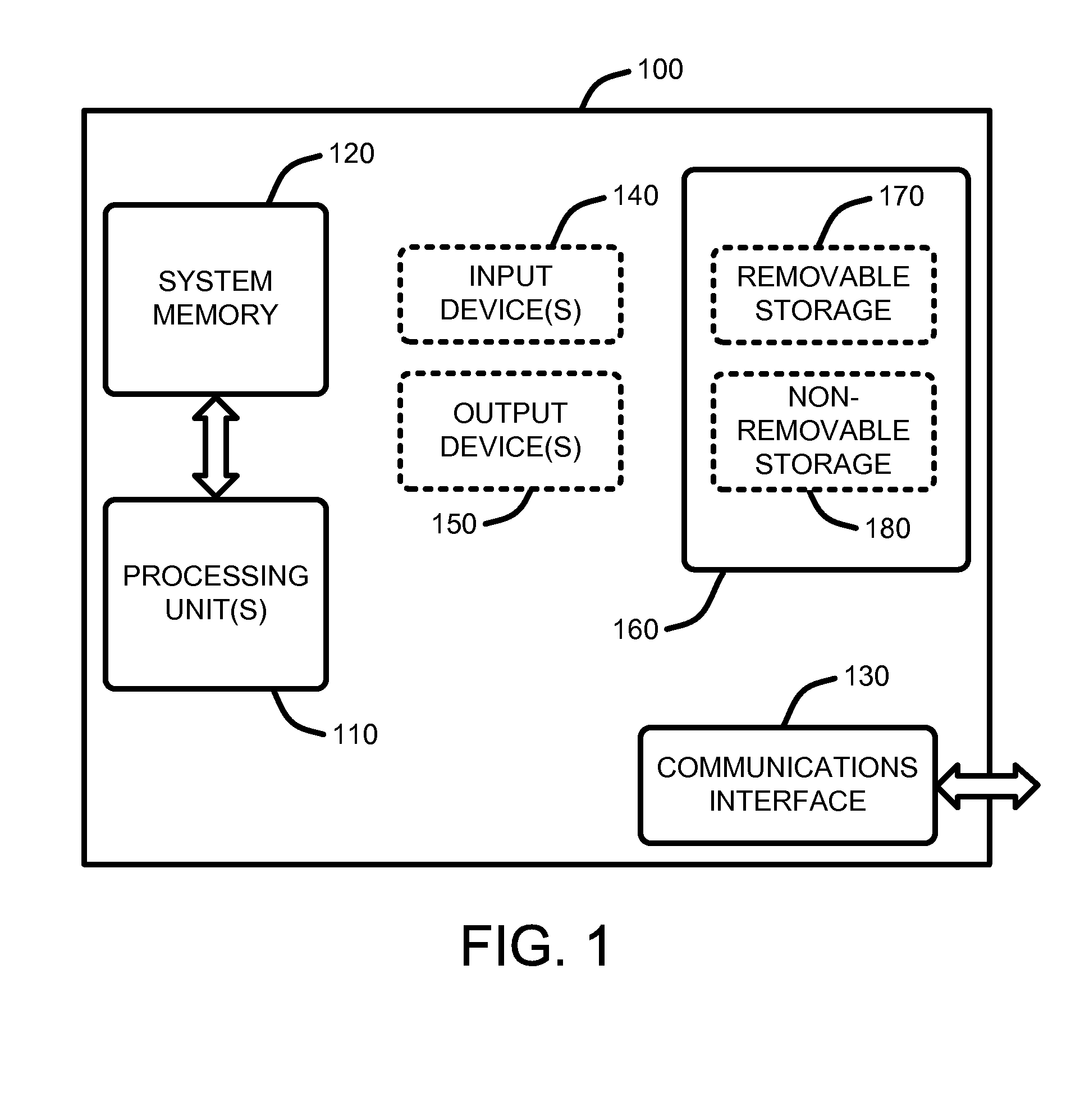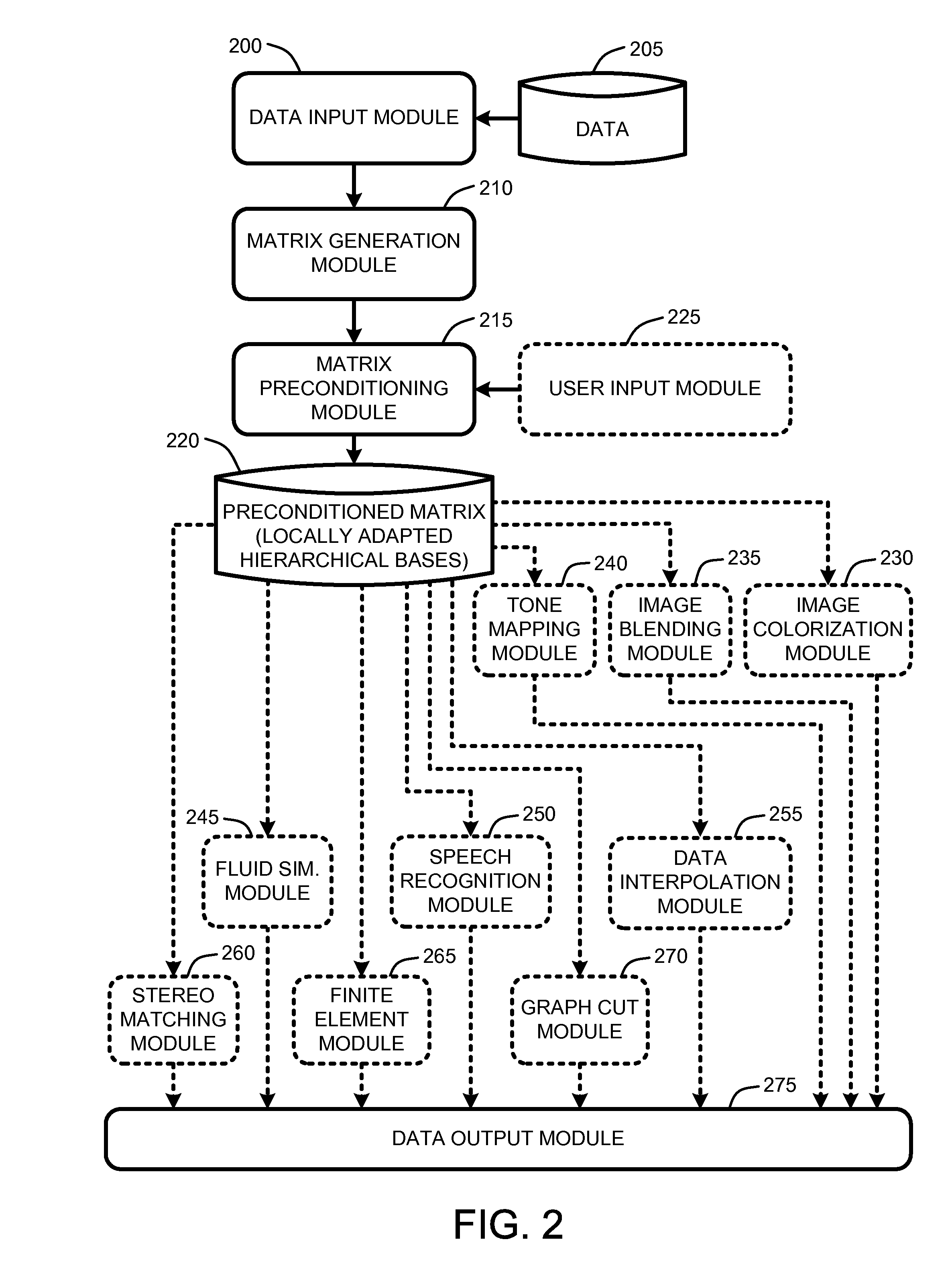Locally adapted hierarchical basis preconditioning
a hierarchical basis and preconditioning technology, applied in the field of data processing in finite element analysis, can solve the problems of affecting the efficiency of direct methods for solving sparse systems, the performance of iterative algorithms usually degrades, and the best technique for smooth varying (homogeneous) problems, so as to improve the condition number of a matrix, simplify computations involving such matrices, and reduce computational overhead
- Summary
- Abstract
- Description
- Claims
- Application Information
AI Technical Summary
Benefits of technology
Problems solved by technology
Method used
Image
Examples
Embodiment Construction
[0034]In the following description of various embodiments of the present invention, reference is made to the accompanying drawings, which form a part hereof, and in which is shown by way of illustration specific embodiments in which the invention may be practiced. It is understood that other embodiments may be utilized and structural changes may be made without departing from the scope of the present invention.
[0035]1.0 Exemplary Operating Environment:
[0036]FIG. 1 illustrates an example of a simplified computing environment on which various embodiments and elements of a “Finite Element Preconditioner,” as described herein, may be implemented. It should be noted that any boxes that are represented by broken or dashed lines in FIG. 1 represent alternate embodiments of the simplified computing environment, as described herein, and that any or all of these alternate embodiments, as described below, may be used in combination with other alternate embodiments that are described throughout...
PUM
 Login to View More
Login to View More Abstract
Description
Claims
Application Information
 Login to View More
Login to View More - R&D
- Intellectual Property
- Life Sciences
- Materials
- Tech Scout
- Unparalleled Data Quality
- Higher Quality Content
- 60% Fewer Hallucinations
Browse by: Latest US Patents, China's latest patents, Technical Efficacy Thesaurus, Application Domain, Technology Topic, Popular Technical Reports.
© 2025 PatSnap. All rights reserved.Legal|Privacy policy|Modern Slavery Act Transparency Statement|Sitemap|About US| Contact US: help@patsnap.com



